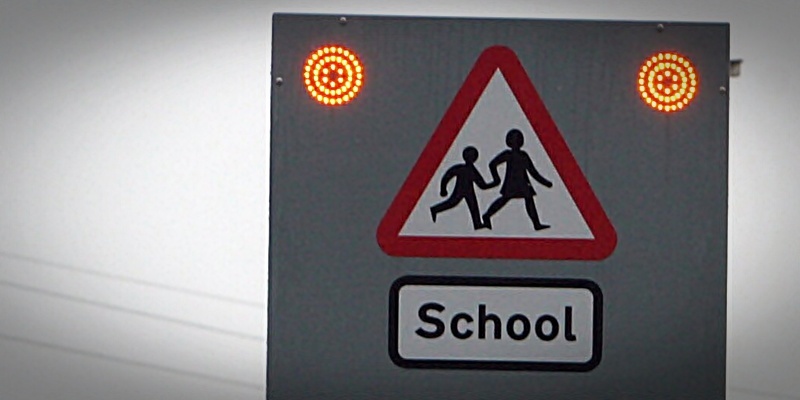Dundee has again recorded the highest rate of school exclusions in Scotland.
A recent report published by the Scottish Government reveals 847 unruly primary and secondary school pupils were responsible for 1,862 exclusions in 2010-11, which is down almost 5% on the previous year.
That works out at a rate of 107 exclusions per 1,000 pupils far exceeding the national average of 40 and ahead of any other local authority.
In Perth and Kinross the exclusion rate per 1,000 pupils was 33, in Angus it was 28 while 38 per 1,000 were excluded in Fife.
Dundee City Council education convener Councillor Liz Fordyce stressed the importance of having an exclusion option to manage misbehaving pupils.
She continued: ”The statistics published by the Scottish Government in December show that the amount of exclusions had decreased in Dundee between 2009-10 and 2010-11.
”Exclusion is one of a range of measures that is used to manage unacceptable behaviour in our schools. We want to try to ensure that the important work of learning and teaching can continue without disruption.
”The support of families is very important. Parents and carers are always involved before an excluded pupil returns to school, so that there is input from the home in efforts to improve behaviour.”
No pupils in Dundee, Angus, Fife or Perthshire were removed permanently from the school register.
Across Scotland there were 26,844 cases of exclusion from local authority schools in 2010-11, a decrease of 11% from 2009-10 when the figure stood at 30,211.
In 60 cases, pupils were removed from the school register, though local authorities may also reach agreements with parents to move a pupil to another school without the use of a formal ”removal from register”.
The most common reason for exclusion in Scottish schools over 2010-11 was physical assault against another pupil followed by physical assault on a member of staff.
A Scottish Government spokesman said: ”The number of exclusions across the country fell by 11% in the last school year, a 40% reduction since 2006-07. This drop is the result of a concerted effort by schools and local authorities, supported by the Scottish Government to work with children and young people most at risk of exclusion and keep them included, engaged and involved in their education.”
In 2008-09 Dundee’s temporary exclusions stood at 1,808 which worked out at 103 exclusions per 1,000 pupils. That was more than double the national average of 49.9 in primary and secondary schools and Dundee had the highest rate of exclusions.
